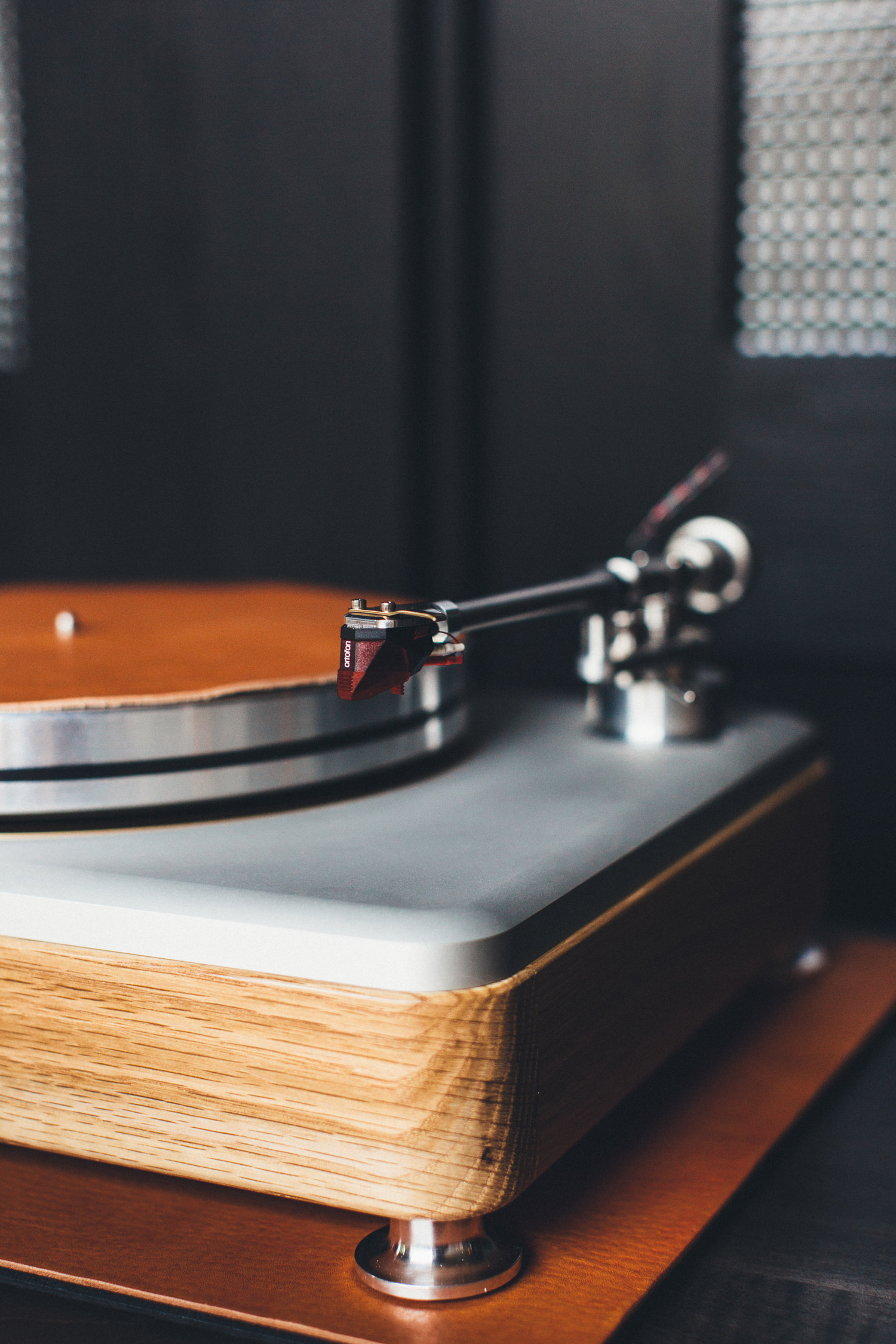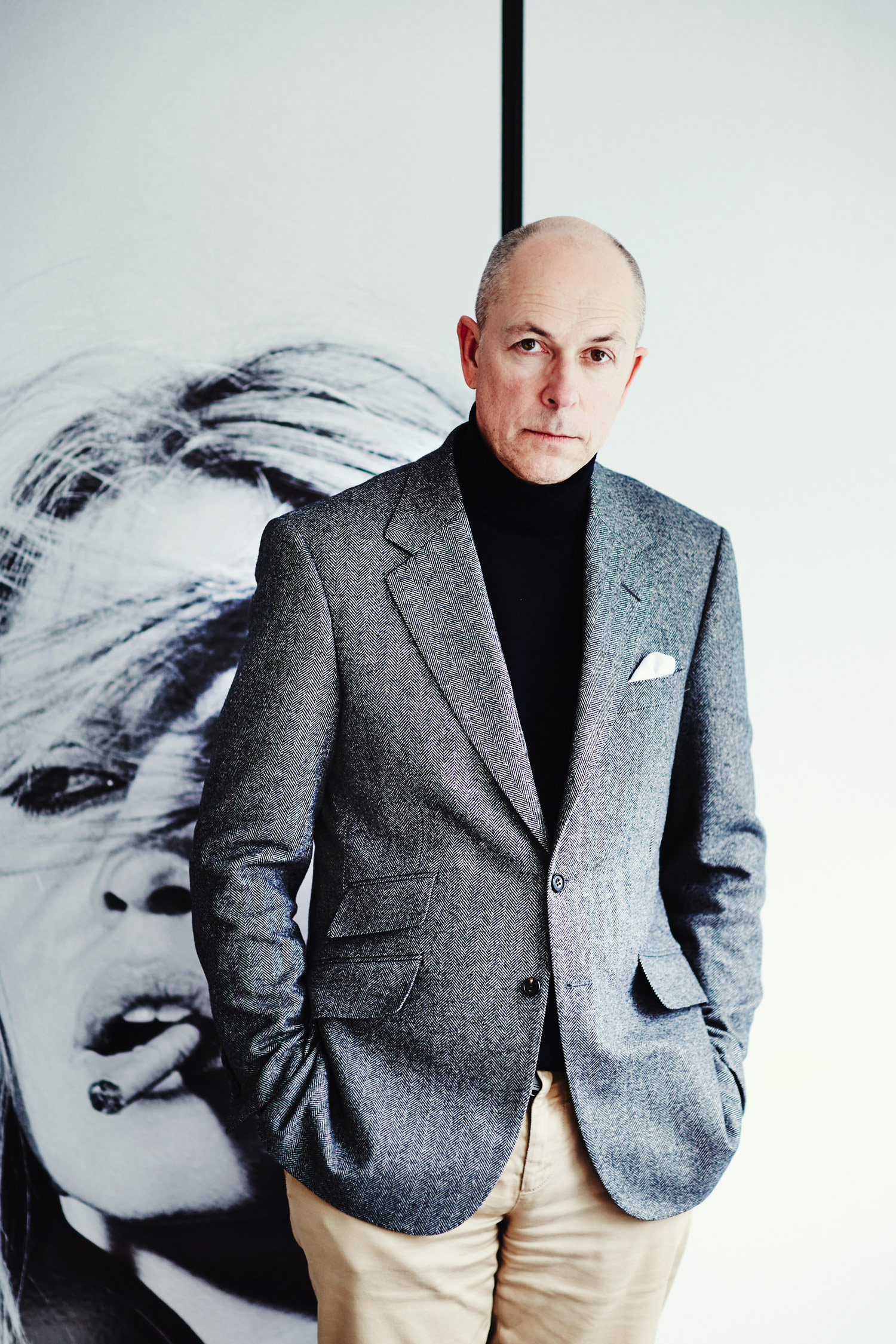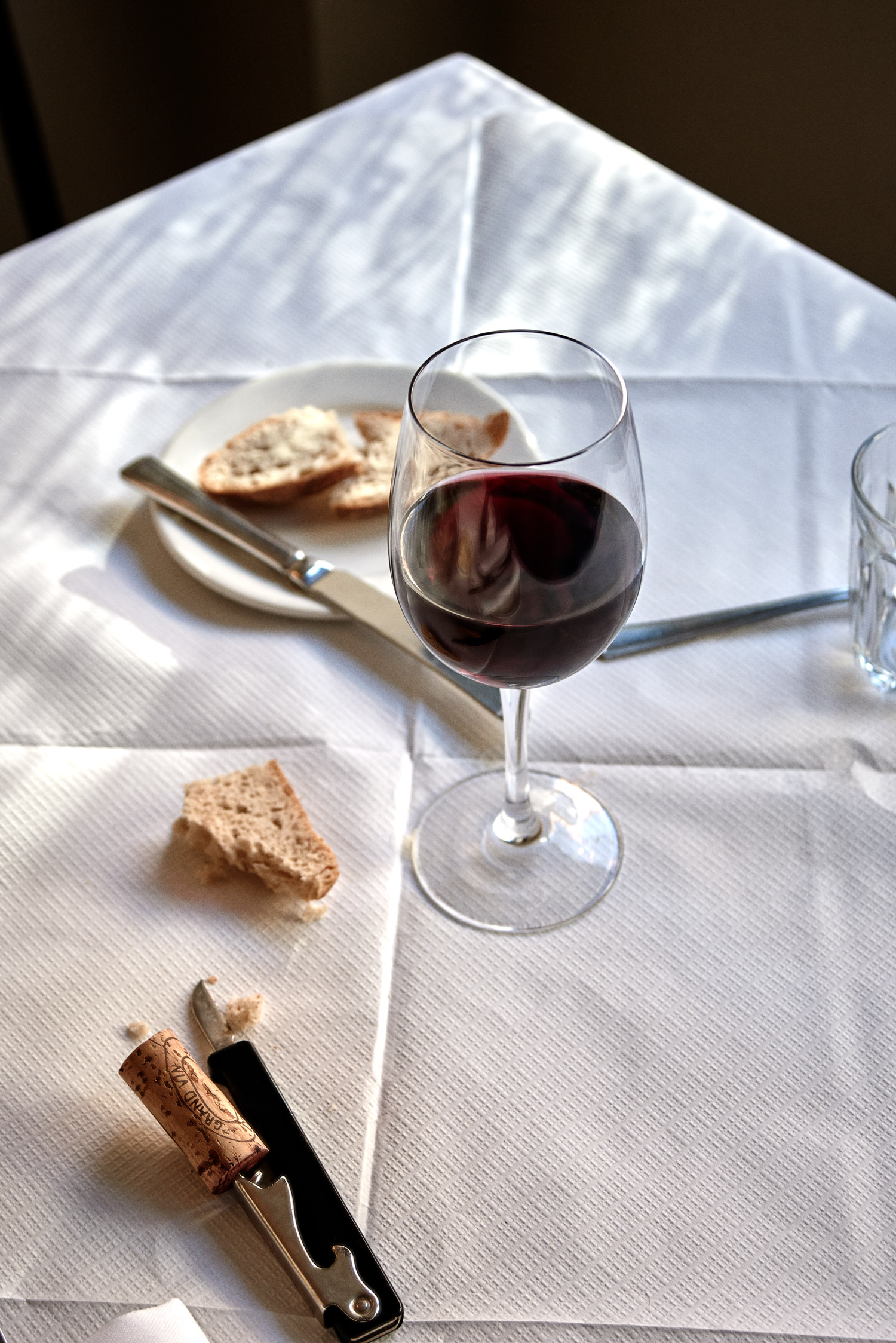This much we know: vinyl is back. You can scarcely escape it, in fact. Whether you’re in the local supermarket, in an upmarket bar or on a fashion shoot, there they are: vinyl records, artfully arranged as signifiers of retroism, of craft, of authenticity, of all those wholesome things that we’re all supposed to like in the age of artisanal coffee and upcycled furniture … but also of something more. The love of vinyl records goes quite a lot deeper than that; their place in people’s lives – whether it’s a 13-year-old buying their first Adele LP in Tesco or an elderly guy wiping the dust of his beloved copy of Giant Steps for the umpteenth time – is a very special one, the rituals that go with them altering the very nature of our relationship to music. Putting aside all the interminable debates about sound quality and analogue vs digital, records are special.
The “vinyl revival” is, for all its visibility, a niche concern – vinyl releases still sell a tiny fraction of what they did between the 50s and 80s, and with the best will in the world, it will never even be close to being the dominant format again. However, the revival is real and appears sustainable. Bob Stanley, one-third of Saint Etienne and an inveterate archivist of obscure vinyl gems can put a fairly precise date on this. “It’s very heartening,” he says, “that now there’s a record shop, whether new or secondhand, in just about every town in the country. That wasn’t true in 2012, when [music writer] Pete Paphides and I did a piece for the Guardian, travelling around the few shops left. It was done to coincide with the Last Shop Standing film, and the whole premise was that we, the record collectors, were dinosaurs, really. Yet only a couple of years on from that, everything changed!”
Someone who saw the revival coming was Colleen “Cosmo” Murphy. A long-time DJ in New York and London, in 2010 she founded Classic Album Sundays in which a much-loved LP is played to an audience from beginning to end on very high-end turntable and soundsystem, often with a presentation by the artist or someone connected to the record. From her first job in a Massachusetts record store in 1984, she watched CDs take over, presented first as “an overpriced audiophile thing” then as the mass market – but she stuck with vinyl, first as collector, then from 1991 as a dance DJ. “It was the DJs who kept it alive through that next decade,” she says; “right up to about 2000 when CDs really came in for DJing, then a decade later it was USBs and digital files. But even so there were quite a few of us who stuck with vinyl right through!”
It wasn’t just the old dance DJs, though. Going into the 21st century, a funny coalition kept buying and producing vinyl. Punks like Henry Rollins from Black Flag never let go, for example. “I think,” says Rollins, “the 7” single is still one of the best greeting cards in the world of music. If you are after the real thing, it’s vinyl or tape that you want. Punk rock on CD always struck me as strange!” And collectors of other genres from jazz to psychedelia stuck with it too, building loose communities of “crate-diggers”. As six-times world snooker champion turned champion of weird music Steve Davis puts it: “There’s a therapeutic benefit to be had to physical hunting for vinyl that you don’t get on the internet. When you’re flicking through the racks, all the cares of the world evaporate. Mainly it’s a lone pursuit, but if you are lucky enough to bump into a loved one who is of a similar persuasion in your journey through life, then that is a lovely way to spend a day!”
“In an age when everything is available as interchangeable digital files, the act of buying physical recordings is a commitment, and a meaningful one at that”
All of this provided the backdrop for a younger, “digital native” generation to start taking an interest in records. Whether it was the dubstep and grime producers wanting to cut dubplates like their older siblings in the rave scene, new-generation indie and punk fans yearning for 7” singles, hipster-cafe owners installing a turntable as retro chic, or just curious collectors starting to realise the joys of rummaging in charity shops, a buzz built slowly through the 2000s. Finally in the last five years, this has coalesced into the “vinyl revival”, with the emblematic LP shelves in American Apparel and Tesco, untold articles and photoshoots, and 52% of vinyl sales now being made to under-30s.
But – and here is where the magic lies – thanks to their very nature, vinyl records have become more than a craze. In an age when everything is available as interchangeable digital files, the act of buying physical recordings, and the machine to play them on, is a commitment and a meaningful one at that. Leigh Dixon, the hi-fi installer for Grahams Hi-Fi and also a respected electronic musician, says of the 19- to 30-year-olds: “This generation have discovered that this as a great way to appreciate their favourite styles of music and artists, to build a collection where each record has a story or memory attached: maybe it was bought at a gig, a gift from a girlfriend, record shopping on holiday, hearing your favourite DJ drop it at a party. And in my experience, I’ve found that out of nearly all consumables, a record tends to be a lifelong purchase which travels with you through life.”
Colleen Murphy concurs. “There’s a statistic that got in the headlines recently,” she says, “which said 50% of vinyl purchases aren’t even played. Now, number one, I think that’s actually bullshit – how do you even do that survey? But also, even if kids are buying the record to sit on a shelf, while listening to the download that comes with it, I think they are likely to grow into it, to want to get those records out in the future and enjoy them. I get people at Classic Album Sundays telling me they’ve been inspired to buy a nice turntable, or that they now aspire to get great hi-fi when they earn more, like they’d aspire to buy a big car. That’s great, that’s something that will genuinely improve their quality of life!”

But what is the magic of Putting A Record On that makes it something to aspire to? On this, people are almost unanimous. “It requires concentration,” says Joe Goddard of Hot Chip, “and is an investment of one’s precious time. Therefore it’s a true and uncommon pleasure in a world of endless inane distraction. It represents a moment of tranquillity and transcendence, and a genuine escape from myself and from the world.” Henry Rollins says it’s “the manual process, the lack of convenience, which is inspired by the intent to get the music to come out of the speakers that makes it profound.” Bob Stanley cites the same commitment, “especially with singles – I love to sit and play 45s one after the other: you can’t do anything else really except listen for two and a half minutes, then put the next one on.”
Mark Wood, the marketing manager at Universal Records in charge of new vinyl editions of back catalogue, unsurprisingly emphasises the beauty of the record itself. “Cassettes never looked gorgeous as a collection,” he says. “CDs don’t really look nice – but a wall of vinyl? I don’t know if there’s a greater sight known to man than a wall of vinyl.” He talks of the package as something that enhances the music and makes it something you’re proud to own as a fan – whether that’s a Rihanna collection, Star Wars picture discs or the pink vinyl 7” of Soft Cell’s Sex Dwarf he put together (“the single that should have been!”). “Like anything in life,” he says, “anything you’ve got to look after, you value more. Like a nice car or an expensive Vivienne Westwood shirt, you’re going to look after that a lot better – you’re not going to eat your baked beans on your lap watching The One Show with your beautiful Vivienne Westwood shirt on. You’re going to take care of it, you’re going to wear it to nice places.”
Right there is the reason that the vinyl revival will last: because records last, and records that you love and care for last a lifetime. There’s plenty of problems with the revival: lack of production capacity squeezing out smaller record labels (Henry Rollins pithily refers to how “mainstream bilge coming out on vinyl seems like a perfect waste of materials”), and sometimes-obscene prices for records in both new and re-selling markets. But for so many people across generations now, experiencing the touch of the needle on plastic – “like the start of a film,” as Mark Wood says, “an anticipation, like ‘this is the start of something’”, or, as Steve Davis puts it, “like you have also been part of setting the music in motion” – is the start of a love affair that is likely to last.
The Shinola Runwell turntable is available to buy at shinola.com



